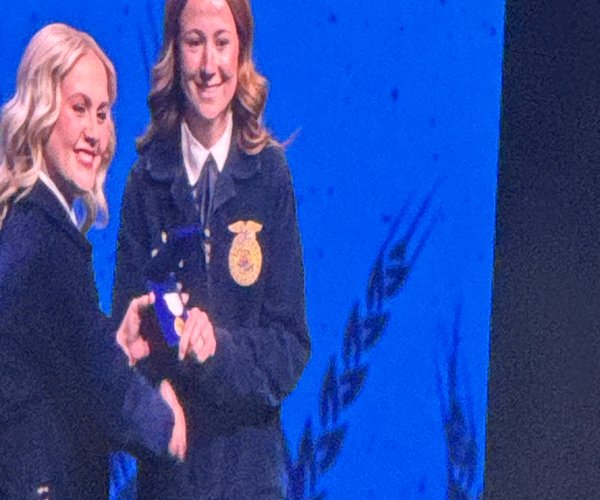Jennifer Lew-Vang has one of the toughest jobs in the Turlock Unified School District. As the district’s Director of Child Nutrition, she has to convince 8-year-olds that eating their vegetables is not only good for them, but also delicious.
To help Lew-Vang with her mission, the Center for Ecoliteracy recently visited Turlock’s Julien Elementary School to provide samples of California-grown leafy green kale for students to taste. Staff at the Turlock Unified central kitchen helped to prepare lacinato kale salad and kale smoothies made from kale, banana, strawberries, and blueberries.
“Introducing new foods to students can help develop healthy eating habits for the rest of their lives,” said Lew-Vang.

First, second, and third graders at Julien gathered to sample the kale salad and smoothies alongside their lunch. Students were excited to sample everything and overwhelmingly preferred the dark green smoothie. After lunch, students participated in a sticker survey where they shared how much they had learned about and eaten fruits and vegetables this school year.
Through the Fresh from California / Todo Fresco California campaign, the Center for Ecoliteracy is helping schools procure, serve, and promote more California-grown fruits and vegetables.

Fresh vegetables are not new to TUSD school sites. Julien has a school garden where students learn how food grows and participate in planting, harvesting, and cooking different fruits and vegetables throughout the school year. As a member of the California Food for California Kids Network since 2014, the school meal program at Turlock Unified emphasizes farm to school, aiming to source fresh California fruits and vegetables and support local farmers. The district received a California Farm to School Incubator Grant in 2021, which provided funding for a “Farm to School Expo” to promote school meals and nutrition education to students and families.
— Information provided by the Center for Ecoliteracy.




